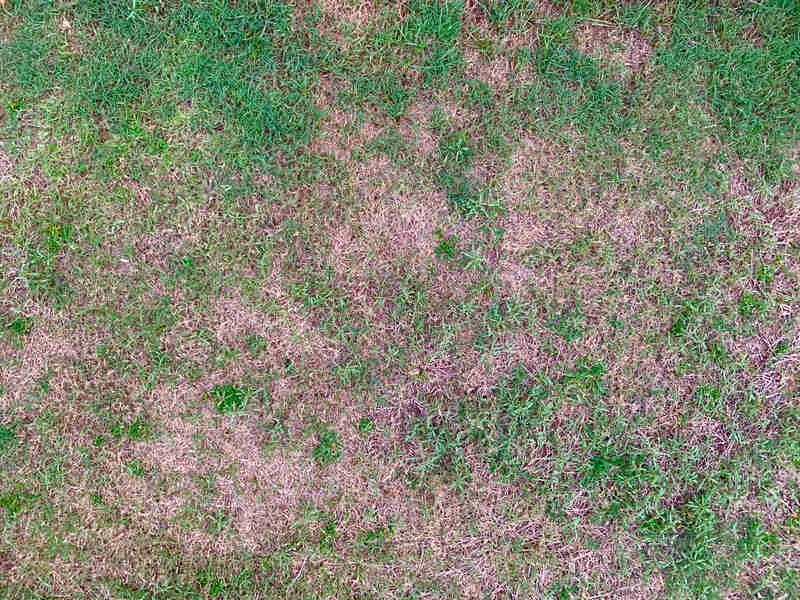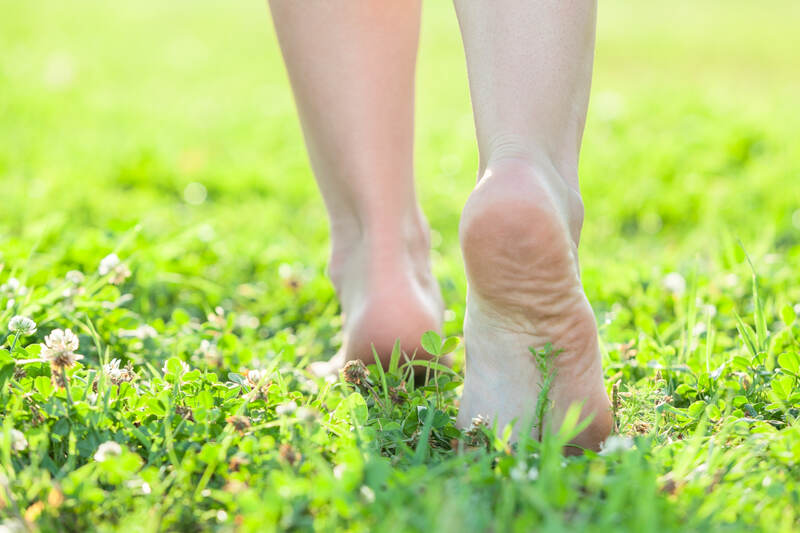
Lawn care is a year long job in Michigan. Fall is all about preparing your yard for the cold winter ahead, while spring is about getting your lawn prepped for summer. But what about summer?
Now is the time to enjoy your yard, but you also need to make sure you’re taking the necessary steps to keep it healthy. Your lawn needs to be able to hold up to whatever summer throws at it, from barbeque foot traffic to scorching summer heat.
1. Work With Your Grass Type
Familiarize yourself with the challenges that your particular grass type presents. You want your lawn to be lush and green, which can only happen with a regular, precise care routine. Understanding your grass type’s particular needs will help you provide the best possible care.
The best grass types for Michigan are cool season grasses like fescue and rye. They grow best when temperatures have cooled down, think sixty degrees Fahrenheit. Once temperatures reach outside of the sixty to seventy range, troubles start to arise for this type of grass.

Photo Credit: ChebanenkoAnn / Shutterstock
When your grass is growing outside of its ideal temperature range, it will begin to show signs of wear. Others may even become dormant. Pay attention to your grass type so that you will know if it is merely growing dormant as a result of the weather, or if it’s showing unrelated signs of stress that may lead to it dying. Check out our in-depth guide: “Dormant Grass vs. Dead Grass.”
2. Water Regularly
Your lawn needs at least an inch of water per week, often more in dry or scorching weather. Consider using a rain gauge to keep track of natural precipitation, or if you’re feeling frugal, you can put an empty tuna fish can out on the lawn. If it fills, you’ve had enough precipitation for the week and don’t need to irrigate.
Otherwise, plan on irrigating every few days, ideally early in the day to reduce evaporation and the likelihood of fungal growth. You should water thoroughly and deeply to help reach drought-stricken roots.
3. Mow Moderately
Consider raising your mower blades in the summer to allow the grass’ roots to stay tall. Taller grass is more drought-tolerant and can form hardier roots. This technique will help shade the soil and prevent weed seeds from germinating. While you should mow regularly, around once a week or more, don’t feel like you need to cut swaths of grass. Try to avoid removing more than a third of the grass blade, and keep your mower blades sharp to reduce grass blade damage.
When finished, don’t worry about reaching for a rake or bag. Leave the grass clippings right on the lawn, as this will help fertilize the soil and keep it moisturized.
4. Avoid Fertilizing
Besides natural fertilizers, like grass clippings or the occasional fallen leaf, don’t feel the need to fertilize manually. You should complete your last fertilization about a month before the hottest summer temperatures arrive (ideally in the mid-spring, if possible). Applying fertilizer during summer’s hottest days can result in your grass growth to falter as it struggles to put on new growth. Additionally, avoid fertilizing a dormant lawn, and instead wait until it greens up in the fall.
5. Minimize Foot Traffic

Photo Credit: Kekyalyaynen / Shutterstock
While you certainly wouldn’t want to avoid all foot traffic on your lawn during the summer, try to minimize damage as much as possible. Consider redirecting people and pets by using stepping stones in frequent walking areas.
6. Watch Out for Weeds
While spring is the time to apply pre-emergent herbicides to tackle weeds, you can use a post-emergent herbicide in the summer if you skipped this step, or if weeds are developing despite your best efforts to prevent them. Make sure you use a formula that is designed to kill broadleaf weeds without killing grass and don’t apply when temperatures are higher than eighty-five degrees. Learn to identify common Michigan weeds to make treatment easier.
7. Don’t Let Pests Become a Problem
You might notice pests emerging as the weather heats up. Lawns that are dormant or stressed by drought are more likely to fall victim to pests, so keep an eye out for bugs like mosquitoes, cutworms, sod webworms, and chinch bugs. You may need to apply an insecticide or a fungicide for certain fungal diseases, like powdery mildew. In the future, prevent grubs by mowing late into the fall and reducing shady or bare spots on your lawn.
Need additional help? Visit our Lansing lawn care page for more info!
Featured image source: Turner-Dodge House in Lansing, MI / kennethaw88 / Wikimedia Commons / CC BY 4.0